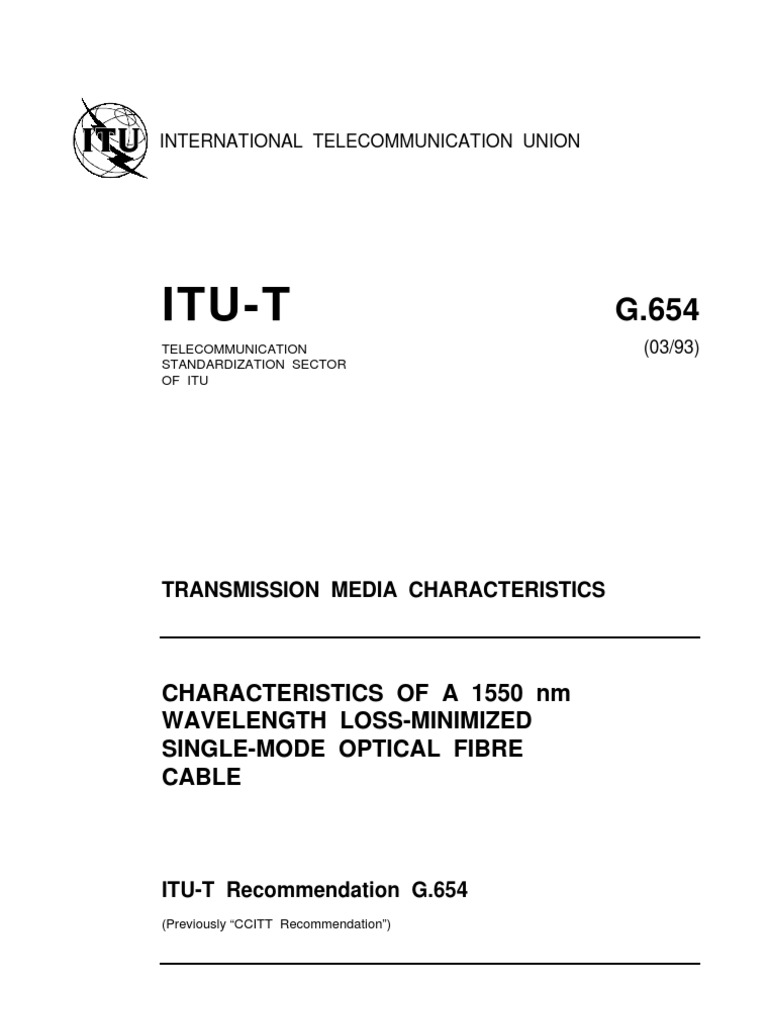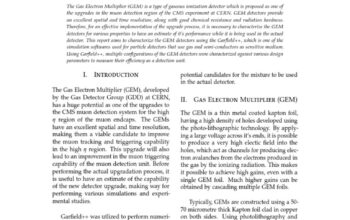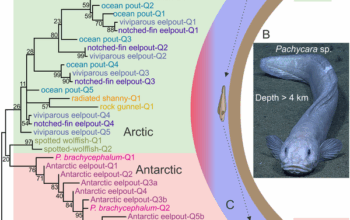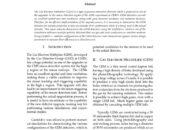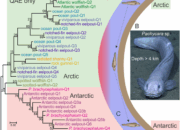The realm of optical fibers encapsulates a fascinating interplay between light and technology, akin to the mesmerizing dance of sunbeams piercing through a forest canopy. Within these slender strands of glass or plastic, a world of immense potential is unveiled, particularly when considering how much power they can carry. Comprehending the limits of optical fibers in terms of power transmission is essential, as the implications extend beyond simple communication, influencing various domains such as telecommunications, medical applications, and industrial settings.
Optical fibers operate on the principle of total internal reflection, where light signals traverse the fiber’s core while being reflected internally by the cladding layer. This mechanism allows for minimal loss of signal over vast distances, much like a river flowing seamlessly through a canyon. However, while this technology has revolutionized signal transmission, it is critical to understand the power-carrying capabilities of optical fibers to harness their true potential.
At the core of the discussion on power transmission in optical fibers lies the concept of optical power, typically measured in milliwatts (mW) or watts (W). The amount of power an optical fiber can effectively transmit is influenced by several factors, including the fiber’s design, the wavelength of the light used, and the refractive index of the materials involved. A fiber’s ability to carry power is not merely a function of its diameter or length; rather, it is a symphony of attributes that dictates performance.
First, we must delve into the categorization of optical fibers: single-mode and multi-mode fibers. Single-mode fibers, characterized by their small core diameter, typically around 8 to 10 micrometers, allow light to travel directly down the center of the fiber. This design minimizes modal dispersion, where different light modes travel at varying velocities, leading to signal degradation. Consequently, single-mode fibers can support greater distances with higher bandwidths, making them optimal for high-power applications. In contrast, multi-mode fibers, with core diameters ranging from 50 to 62.5 micrometers, accommodate multiple light paths, thereby increasing potential power but sacrificing distance and bandwidth effectiveness. The trade-off is akin to choosing between a narrow, deep stream versus a wide, shallow river.
Furthermore, the choice of the light source significantly impacts the power handling capability of optical fibers. Lasers, particularly those emitting at wavelengths of 1310 nm and 1550 nm, are commonly employed due to their potency and efficiency. The intrinsic design of these lasers allows them to deliver concentrated energy into the fiber, enhancing the signal while minimizing attenuation. Conversely, light-emitting diodes (LEDs), although simpler and less expensive, may introduce broader spectral output and lowered power delivery consistency. The distinction parallels the difference between a spotlight illuminating a stage versus a series of flickering candles scattered throughout a room.
Another pivotal aspect to consider is the nonlinear optical effects that emerge when power levels exceed typical operational thresholds. As the power increases, phenomena such as self-phase modulation and cross-phase modulation can occur, creating complexities that may distort signal integrity. Essentially, these nonlinear effects can lead to a degradation known as “soliton formation,” where the signal may tend to either compress or disperse, thus complicating the transmission process. Engaging with power levels within these nonlinear regimes is akin to maneuvering a tightrope; a delicate balance is requisite to maintain stability.
Moreover, attenuation is a critical factor influencing the maximum achievable power in optical systems. Attenuation, measured in decibels per kilometer (dB/km), represents the loss of signal strength as it travels through the fiber. Factors such as scattering and absorption primarily contribute to this attenuation. Materials, bends, and connectors within the optical system also play significant roles. Minimizing these losses is paramount to enhancing the fiber’s effective power transmission and requires careful consideration of the optical components employed.
The technological advancements in fiber optics have led to the development of specialty fibers capable of sustaining higher power levels. For instance, rare-earth-doped fibers utilize materials like ytterbium or erbium to amplify signal strength through stimulated emission. Such innovations allow for increased power handling, making them integral to various applications, including high-capacity data centers and long-haul telecommunications. This evolution is reminiscent of a chameleon adapting to its environment, continuously evolving to meet new demands.
In practical applications, the power-carrying limits of optical fibers can vary significantly. For standard telecommunication fibers, power levels can range from a few milliwatts up to 1 Watt for typical use, while specialized fibers may tolerate even higher levels without compromising signal fidelity. It’s essential to recognize that as we inch toward the upper thresholds of power capacity, the precision of engineering and material science becomes increasingly vital in mitigating risks associated with overheating and the potential for fiber damage.
In conclusion, the intricate interplay of design principles, material properties, and technological innovations converge to delineate the amount of power an optical fiber can carry. Understanding these dynamics not only reveals the limitations but also highlights the extraordinary capabilities of optical fibers in transmitting information with speed and reliability. As optical technology continues to evolve, harnessing the power contained within these glass strands promises to facilitate a future rife with innovative applications, transforming how we perceive connectivity. Through meticulous engineering and imaginative exploration, the world of optical fibers stands poised to illuminate our path ahead, carrying the flickering brilliance of data at the speed of light.
